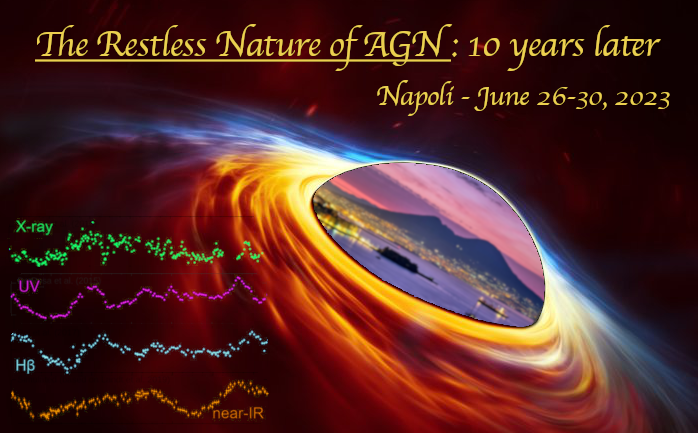Speaker
Description
Recent studies have reported on a possible evolution of the covering factor (CF) with redshift. The goal of the presentation is to answer the question if this evolution is real or whether selection effects play an important role. The presented analysis was based on cross-matched multiwavelength photometrical data from the five major surveys (SDSS, GALEX, UKIDSS, WISE, Spitzer). A sample of over 17,000 quasars was derived, and separated into two redshift bins – low-z and high-z. The data were further divided into smaller subsets based on the data quality. CF estimation used in our work was calculated from the ratio between dusty torus infrared luminosity (L[ir]) and the accretion disk optical luminosity (L[agn]), as it was postulated in the literature.
We found that the accuracy of the WISE W4 filter is problematic and, whenever possible, Spitzer MIPS 24 um should be used instead. This allowed us to reduce bias especially in the more
distance sources. Luminosity evolution with redshift for both L[ir] and L[agn] was confirmed with the Efron&Petrosian test. The low-z and high-z samples follow, however, a similar correlation between L[agn] and L[ir]. The relation between L[ir]and L[agn] is slightly different than the 1:1 scaling, hinting for a more complex relationship between CF and L[agn], affected by possible contaminations. The individual components (stellar, dust and AGN among others) of spectral energy distribution (SED) were separated by SED fitting with the CIGALE code. The AGN emission was fitted with the SKIRTOR model. The SED fitting, enabled us to study possible contaminations in more detail, while also ensuring the alternative method for L[ir] and L[agn] estimations.
No evolution of the CF is detected based on the subsample within the high SMBH mass bin, or with high luminosities: the low-z and high-z values of our CF estimator are found to have the same distribution.

